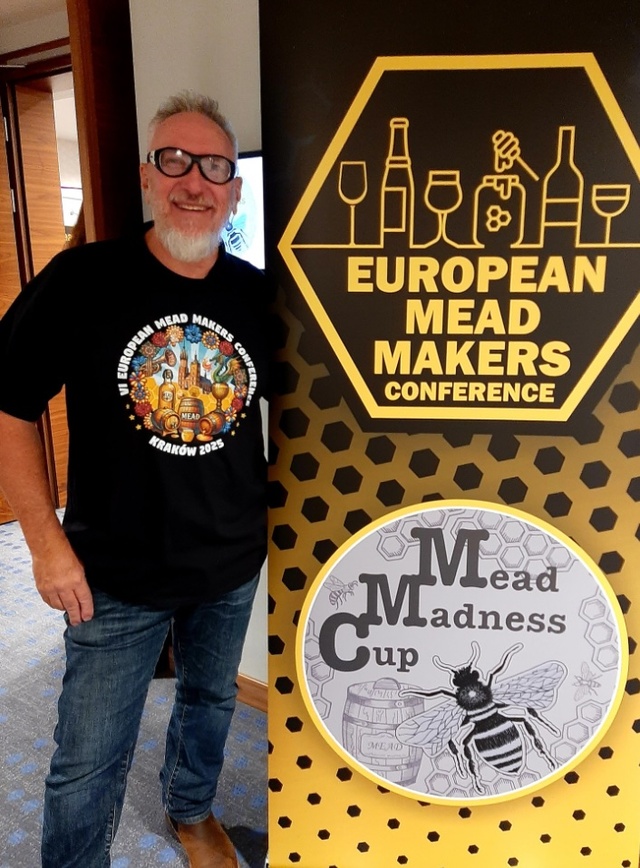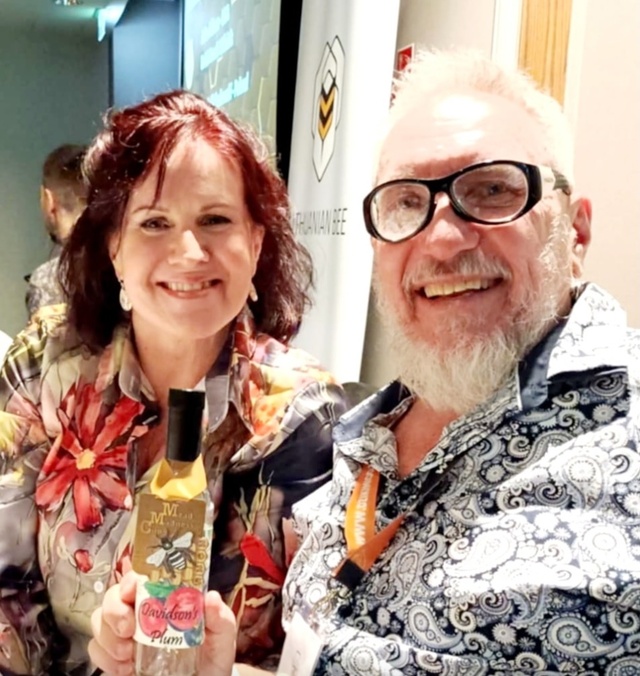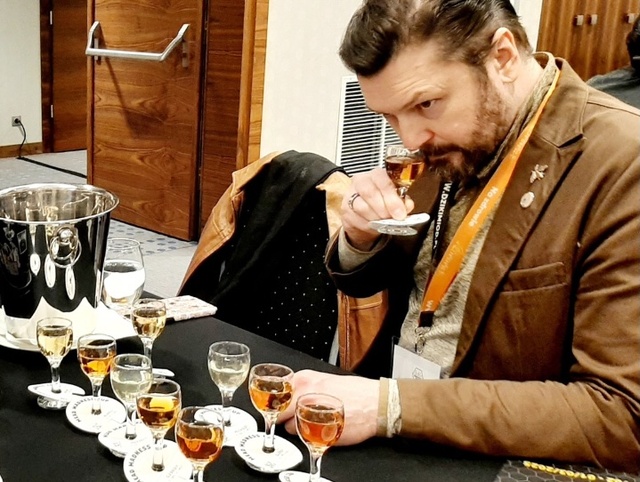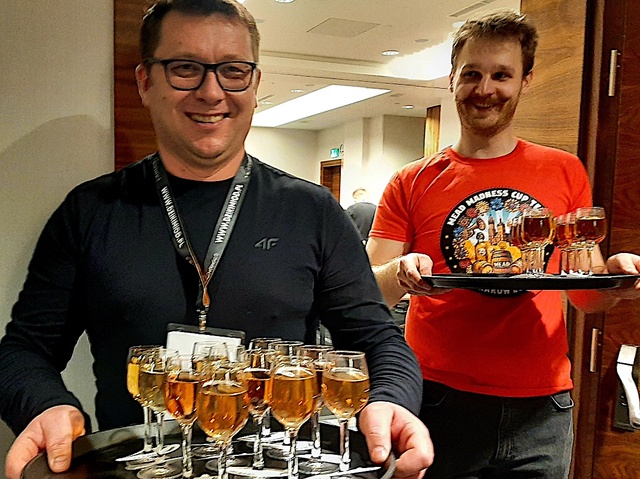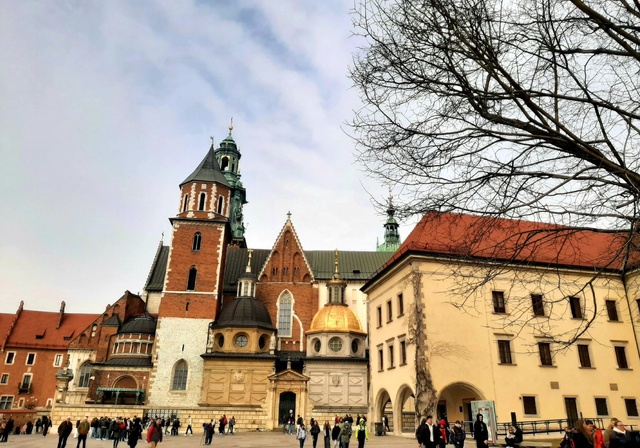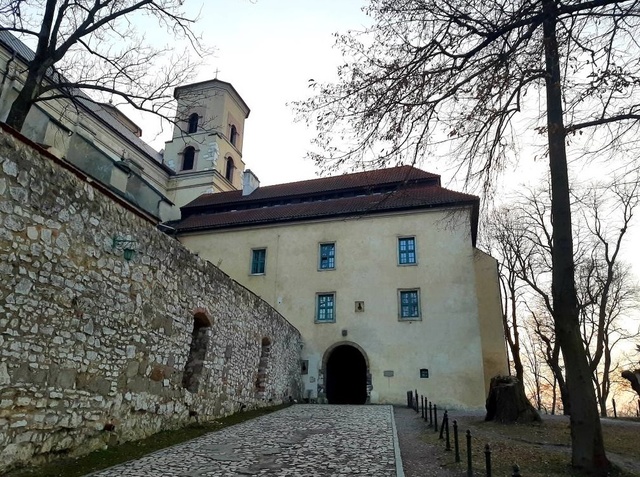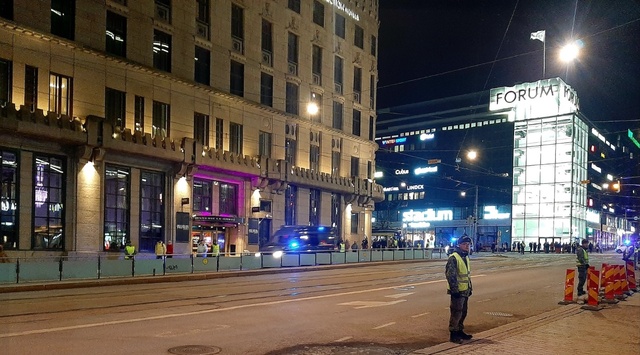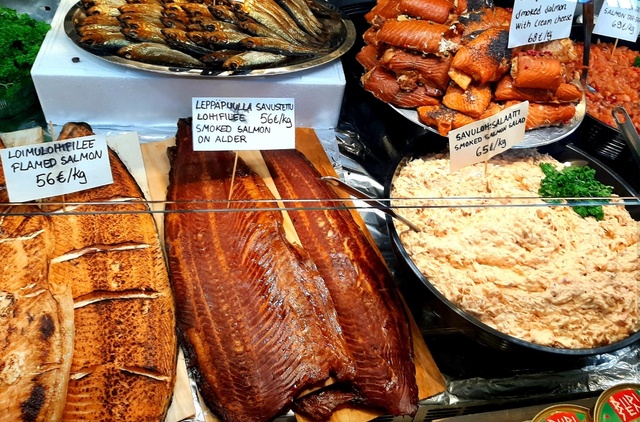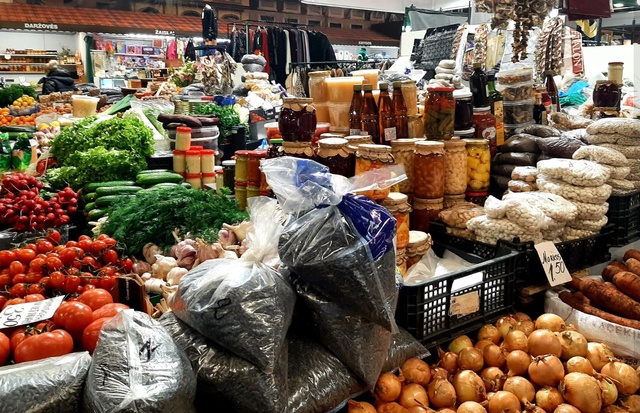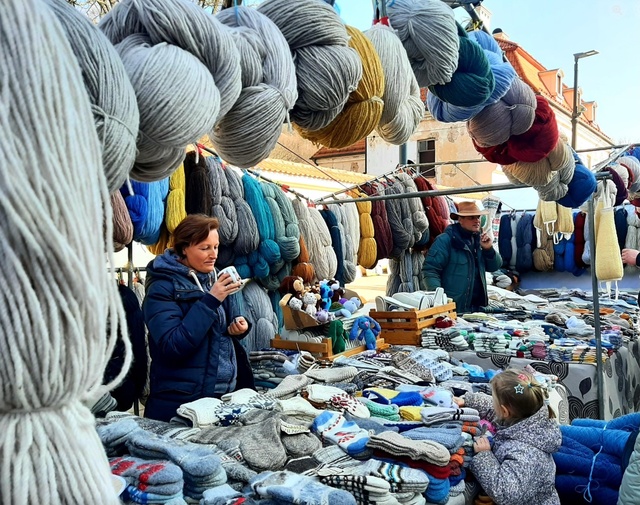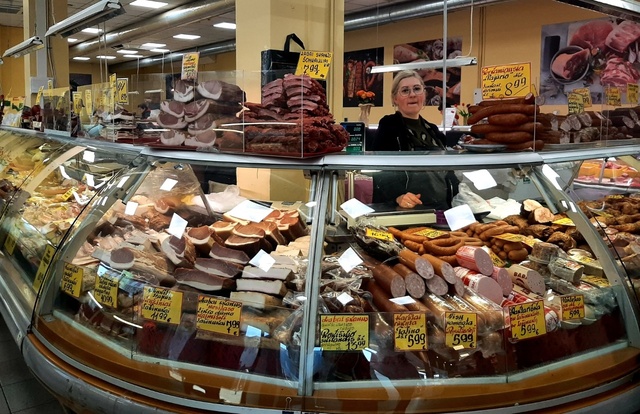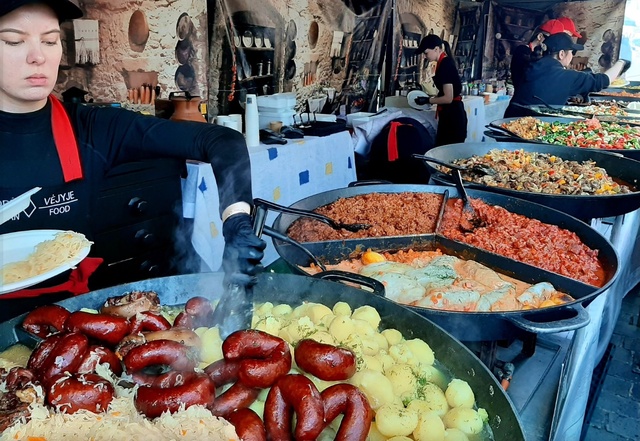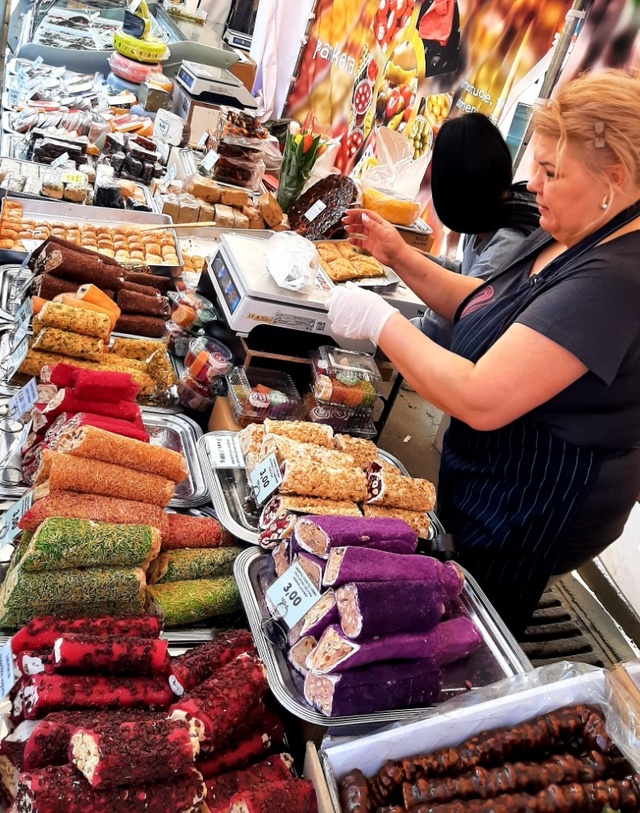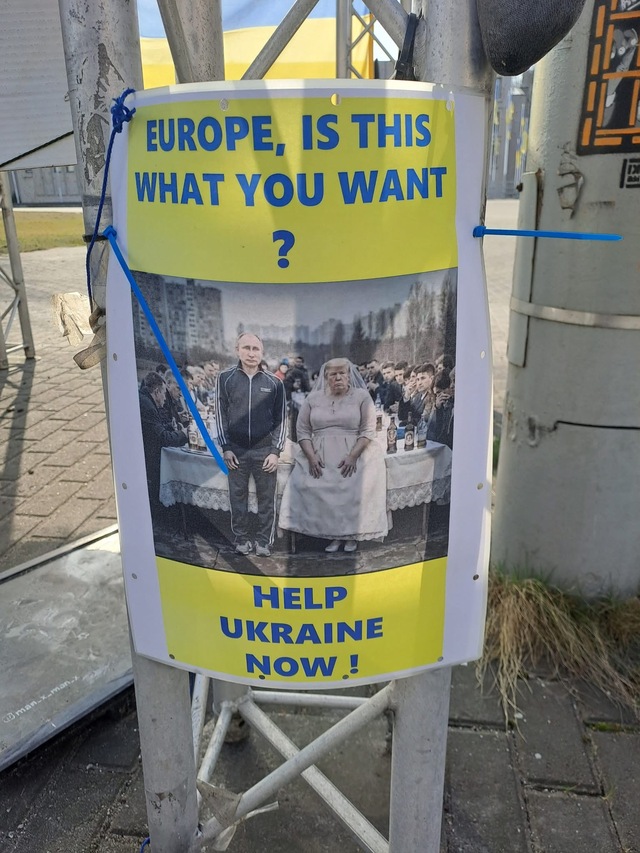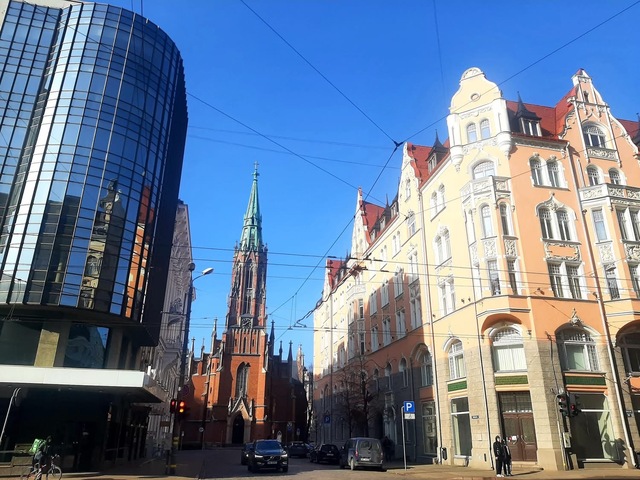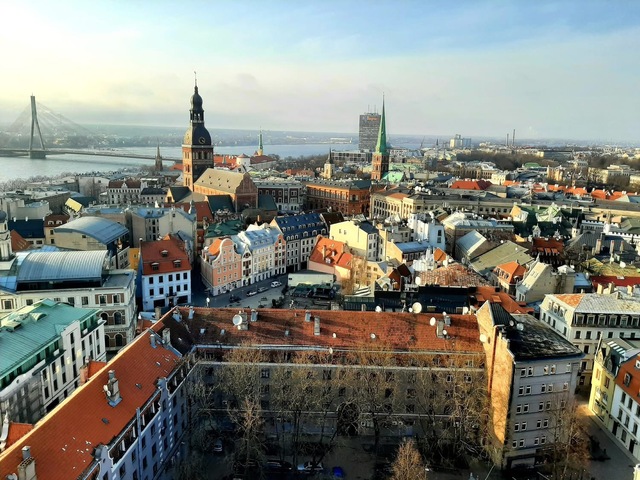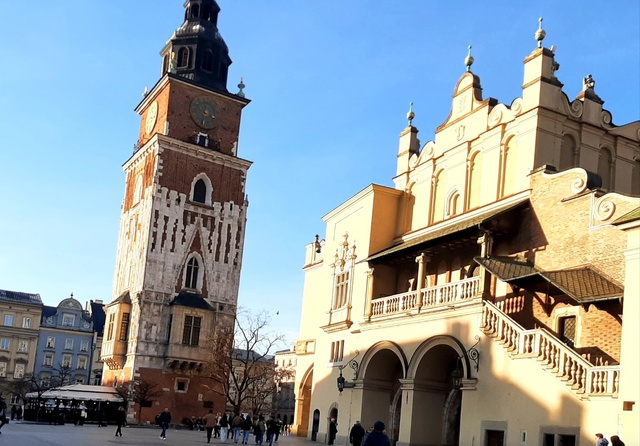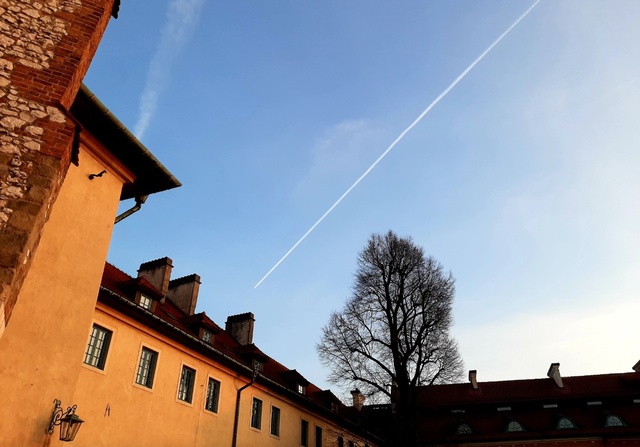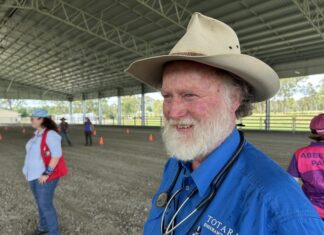
When hinterland mead-makers Andy Coates and Nicola Cleaver set out on a journey through eastern Europe and Scandanavia, they did not expect to return with heady acknowledgement of their produce and the Australian industry. ERLE LEVEY sat down with them at Amrita Park to talk about their experience.
“We were speechless. After the award presentation, and the photos had been taken, it started to sink in just what we had achieved.”
It’s a little meadery at the foot of a mountain in the Noosa hinterland but is matching it with the big players of the world in the mead stakes.
Amrita Park Meadery at Pinbarren has won gold at the European Meadmakers Conference at Krakow in Poland.
The gold medal was for the meadery’s davidson plum with macadamia honey mead – the highest medal for the stone fruit section.
After eight years of developing their meadery at Pomona and taking out significant awards in Australia, Andy Coates and Nicola Cleaver were keen to open themselves to both age-old and new methods of producing this mystical drink.
It was also the chance to compare how their products rated in such esteemed company.
Their journey included the Baltic countries of Latvia, Lithuania and Estonia, then onto Finland.
That included a brush with Ukraine president Volodymyr Zelenskyy on a state visit.
They flew into Stockholm in Sweden, then onto Tromsø in Norway. That’s where they caught up with the owner of the northern-most brewery in the world, on the island of Svalbard.
Andy and Nicola started making mead together while living in Cairns.
Andy’s passion for mead incorporates the work of his grandfather Dennis “Poppo” Coates, who was making first-class mead and entering competitions in Europe and Australia since the early 1940s.
Their decision to go to Poland was inspired in part by their journey to Italy in 2022 as delegates to the Slow Food International conference and festival Terra Madre Salone del Gusto.
That experience, representing Slow Food Noosa and surrounding areas, opened themselves up to new ideas and contacts.
The journey to Krakow gave them the chance to renew those friendships and see what they were producing, whether in Poland, the Baltic States, Finland, Norway or Britain.
Mead is an alcoholic beverage created by fermenting honey with water, sometimes with various fruits, spices, grains, or hops.
The majority of the beverage’s fermentable sugar is derived from honey. It may be still, carbonated, or naturally sparkling; dry, semi-sweet, or sweet.
Mead was produced in ancient history throughout Europe, Africa and Asia, and has played an important role in the mythology of some peoples.
The Mead Madness Cup and Honey Madness Cup were held at the Hilton Hotel in Krakow, that became the meeting point for enthusiasts and producers of meads and natural honey.
Not only was Amrita Park awarded for their davidson plum mead but Andy was recognised as having the expertise to become a judge of the fabled beverage.
The conference provided an opportunity for creators, hobbyists, and professionals to test their products in international competition, expand their knowledge, and establish valuable industry connections.
Since its inception in 2018, the Mead Madness Cup has held a key place in the global calendar of mead-related events.
This year’s edition saw an impressive 870 meads submitted from 32 countries, including distant locations such as Australia, the USA, Singapore, South Korea, Japan, New Caledonia, and Thailand.
The competition spanned numerous categories, culminating in the selection of the very best meads.
Some of the fruit trees in those countries are hundreds of years old, so it was gaining a better understanding of their history and culture.
However, they also wanted to see how to resolve some of the issues around the mead industry.
“Mead takes a back seat to wine,’’ Andy said, “… so you’ve got wine, you’ve got your beers, and you’ve got your gin and things like that.
“They’re very entrenched and the legal side of things is all about those, so your licensing and taxation revolves around those products
“Mead doesn’t fit into any of those because there’s more different types and styles of mead than beer wine and cider put together.
“Unfortunately it is all put together, so we’re pigeon-holed into this little tiny thing they think what mead is, but it’s not true.
“We wanted to try and work out how these other countries that have mead – that are more prolific and go a long way back in history – of how they do things.’’
The European mead conference is the biggest in the world and even surpasses the American mead conference.
In attendance were mead makers from Japan, from Mexico, from the United States and virtually all of the countries throughout Europe.
“The surprising thing was is everywhere has the same problems that we’re trying to resolve,’’ Andy said.
“There are spice meads and melomels with a fruit and honey, sparkling meads or meads with low alcohol, high alcohol.
“There are all these different styles of meads and they have been around for tens of thousands of years.’’
So mead was not simply in the realm of the Vikings or Robin Hood and the times of Sherwood Forest.
It’s a long story, Andy said, but the short of it is Australia isn’t that far behind everywhere else in the world in mead production because everyone else’s been stuck in the same problem.
The perception is it’s linked to mediaeval times, so the consumers think it’s a mediaeval drink and you have it at your Renaissance fair and that’s it.
“So, as a day-to-day drink it’s not at the front of mind and every country has struggled with that exact same thing.
“Mead has got so many benefits from an environmental aspect – using honey which comes from bees, which we need to have for pollination of crops and plants all over the place.’’
Australian mead-makers were somewhat of an unknown at the conference and in Poland generally.
It’s the same with the the davidson plum – a valuable bush food with a rich history among Australia’s indigenous people.
The fruit is deep red-purple on the outside and bright red inside, and is typically used in jams, sauces, and desserts due to its intense flavour. It is sour and often not eaten raw but high in anti-oxidents, vitamins, and minerals.
“Everywhere we went the first thing people talked about was the distance,’’ Andy said, “ … how far we had come.
“The second thing was spiders and snakes. We would talk to people in a coffee shop and they would ask where we were from.
“They would say: ’Australia? I’ve always wanted to go to Australia but we’re way too scared because I think snakes are just crawling down the streets and spiders are just everywhere.’
“There was a lot of mutual respect. They sort of understand Australia is not associated directly with South-east Asia, and that New Zealand is close to us.’’
The judging of the mead was a real eye-opener for Andy and Nicola.
When they arrived at the conference the first surprise was how many entries there were.
“It was a matter of all hands on deck to just moving things around and helping set up.
“It was not individual bottles of meads but boxes and boxes or crates and crates stacked up on pallets,’’ Andy said, “… and it’s pallet after pallet of bottles coming into this room all to be sorted into categories and ready for judging.
“Then they would have all to be sorted into their own categories.
“There were 870 meads, so that was all broken up into different categories, and then that split into commercial and amateur.
“The amateur section was the far larger section, which was nice to see, and they are from all over the world.’’
As you can imagine, with those numbers and the passion for the mead making there was great camaraderie – a lot of discussion.
It appeared the judges and producers have been friends and colleagues for a number of years from attending the conference.
“We received really good feedback before the presentation night, particularly how distinctive the fruit was. honey because it’s quite sweet and stronger.
The davidson plum was a new flavour to them.
“We used a macadamia honey and explained it was a flavoured by the flowers from a Queensland native tree – there were no nuts in it, just the honey from the pollination of the macadamia trees.
“We did not expect this mead to be judged very highly over there because it was so distinctive … that they wouldn’t know the flavours.
“Talking to the different judges, they said when they came across it on their judging panel they didn’t know what macadamia was so were googling on their smart phones about the flavour profiles and taste of macadamia honey – what it taste like when it’s fermented.
“They didn’t know the davidson plum and were looking at images and seeing what they’re supposed to taste like.
“When they tasted the mead they were just blown away – the balance of the tart and the sweet, the alcohol, the colour.
“One judge scored it a perfect 100 and another judge scored at 99.5.’’
At the start of the judging Andy and Nicola knew their mead was good – they had already won awards in Australia for it but wondered how good can it would be on the world stage.
“There is an overall winner and we were half a point off the overall winner for the whole show,’’ Nicola said.
“We had no clue as to the final judging. No-one knows. It’s all a surprise.
“There is a big stage at the awards dinner and the announcements are all live-streamed through huge screens around the room.
“So everyone can see and all the categories come up, and they announce gold, silver, bronze medal winners.’’
It was when someone said: “Throw a shrimp on the barbie’’ that Andy and Nicola looked at each other.
“We were speechless. After the award presentation, and the photos had been taken, it started to sink in just what we had achieved.’’
As for the honour of being acknowledged as a judge of mead , Andy said that, with such a massive competition, the organisers need lots of accredited judges.
Having judged at lots of different mead competitions in Australia, Andy also mingles with beer and wine judges – right through from home-brew competitions all the way up.
Going on the world stage needs qualifications in different things but what they’re trying to do is create this whole mead judging program (MJP) and it’s run by the European Mead Makers Association.
“Mead tends to play second fiddle to beer and wine in Australia, so when you have a mead competition – like most places in the world, you’re struggling to find judges.
“Beer judging is very different to wine judging. You wouldn’t have a beer judge at a wine competition.
“So it was identified quite a few years ago that we need our own judging program to get everything standardised.’’
As a result the European mead makers have been running courses and training people over the past few years.
One of the critical things is they want people to improve so if a judge identifies a fault, it is not seen as a negative but the way it can be overcome.
During the Krakow conference discussion included the possibilities of bringing that judging program to Australia as part of a delegation coming to Singapore as well as New Zealand.
The training course would be held in Brisbane for enthusiasts who want to become mead judges.
It will not be just the training, but a competition as part of the course is actually judging a competition.
Brisbane already hosts the biggest mead competition in Australia so it would be a natural centre to attract people from all over the country.
What Andy and Nicola found on their trip to Europe was the way travel exposes you to different traditions, customs and cultures that include the enjoyment of food.
Poland has historically been at the crossroads of Europe and the people eat some amazing food.
“Krakow was quite cosmopolitan,’’ Andy said, “and a mixture of political views.
“Like most of the surrounding countries, especially heading north through the Baltic countries, if you don’t speak the local language you need to find someone who is generally younger to help you.
“If you can get past that a little bit, they’ll warm to you really quickly.’’
While the Baltic states are three different countries they have similar backgrounds and have all experienced life under the Soviet regime until its break-up in 1991.
Visiting a cider-maker in Lithuania was really interesting because it was in an old Soviet town and the big cider presses were government controlled.
“Yet the culture today is great,’’ Andy said. “The frustrating thing is the man we were speaking to, it was only in the 1980s and not very long ago, that living under Soviet rule he was supposed to be shipped off to the military but managed to dodge it.
“And for where the country is now, how they just see what Russia is doing in Ukraine and what they’re saying. They know it. They’ve lived it and know they don’t want to go back to that.’’
There was quite a lot of displays against Russia and the attempt at occupation of Ukraine.
The support for Ukraine goes to just about every level with anti-Putin signs on the sides of walls.
Most places had the blue and yellow flags of Ukraine flying or draped on buildings, and cafes would serve blue and yellow coloured drinks.
The farming methods under the European Union need to be very aware of sustainability and climate change, pesticides and chemicals.
All the countries are pretty clean. There’s no rubbish or garbage in the streets and parks.
One of the things Andy and Nicola noticed straight away was plastic lids have to be attached to bottles to cut down on pollution.
“If you have a lid the plastic lid on any bottle, that lid cannot be removed from the bottle – it has to stay attached.
“At first you think, how could you ever have that attached? Yet when the rules are in place they found a way.
“Then when you go to the UK, there’s plastic lids and rubbish everywhere.’’
The further north you travel in the Baltic countries the more the population is aware of climate change.
Another thing Andy and Nicola noticed was the way people observed nature, the seasons and superstition.
For instance, people going back inside the house if they forgot the keys would have to look into a mirror before going back out.
The food at markets and restaurants was a real treat – from so many different types of seafood to reindeer steaks.
While in the Finnish capital of Helsinki they saw an ice-hockey game but the reality of the political situation in Europe was brought home to them in the street.
The police and military were on every corner. They stopped every tram. They stopped every car. No-one could cross the street. A helicopter was flying overhead and then a procession of cars came speeding through – just like in a movie.
It was Volodymyr Zelenskyy.
Andy and Nicola missed seeing him at the central square as they had gone to get a fish soup.
“The atmosphere was eerie and it had been felt for two days. Everybody was just waiting.
“Once the procession of vehicles had passed, lights flashing, travelling at speed, people could go about their business.
“President Zelenskyy and first lady Olena were in Helsinki for discussions on a variety of political agendas.
“It was a very interesting end to the evening.’’
Andy and Nicola’s European adventure may have started out innocently enough … getting an idea of how their mead compared to world standards. Yet their journey turned out to be more than that. Much more.
Their passion for what they produce – with honey and fruit from their own property as well as those in the surrounding area – they showed that recognising and utilising what is around you can be an amazing experience.
Baby steps can start a journey that takes you to remarkable heights. At the same time open you to surprising and endearing friendships.
And it is all built around enjoying good food in good company.

